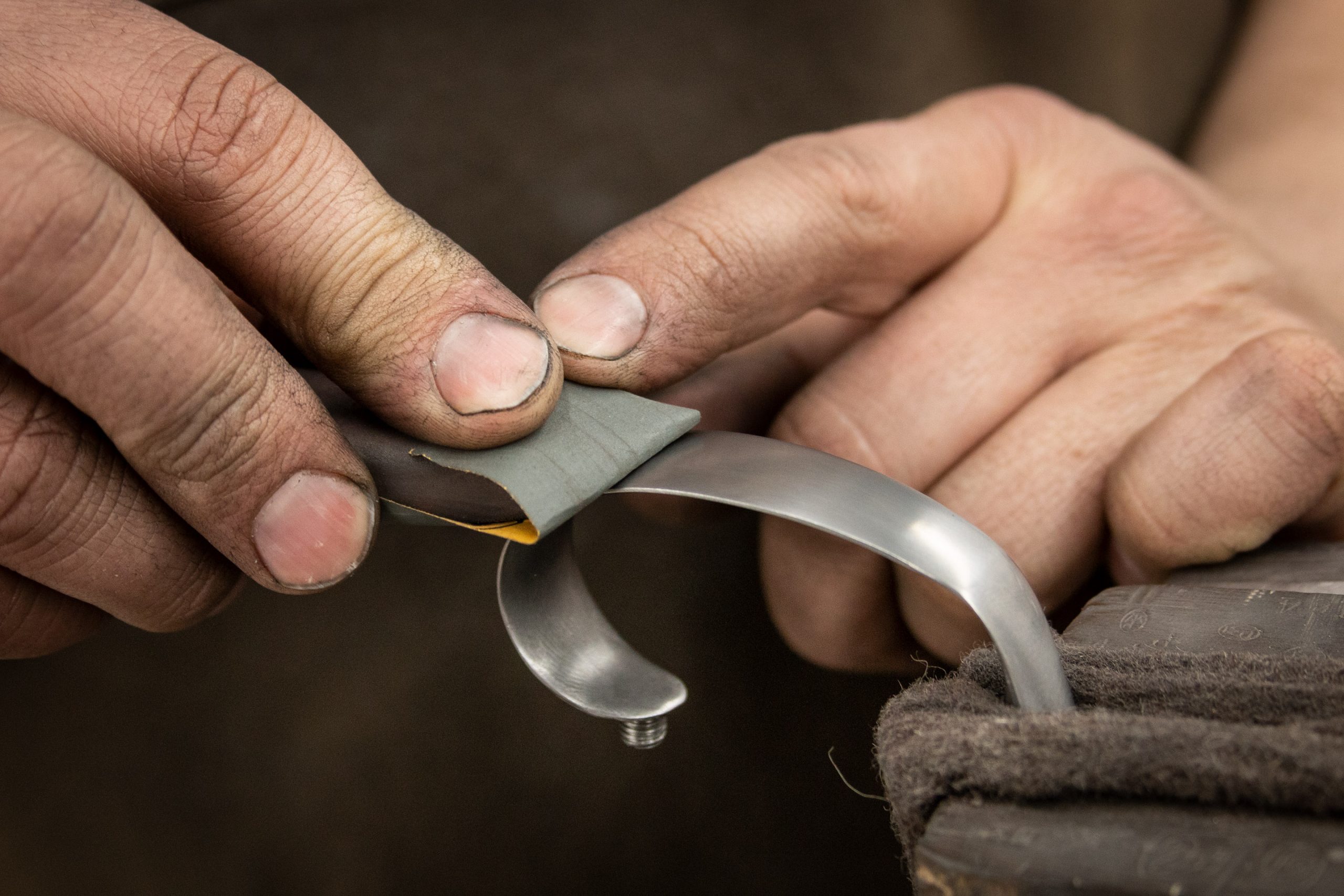
The Lowveld, South Africa conservancies are now home to a majority of the country’s rhinos-365 black rhinos and 175 white rhinos. This trust helped to form large conservancies through technical and funding support. The Lowveld Rhino Trust, a Zimbabwean-registered trust supported by a consortium of donors including WWF, was created in 2008. Strengthening Local and International Law Enforcement WWF also tackles the illegal trade of and demand for rhino horn through market monitoring, research and advocacy and collaborating with online and transport companies to help them identify and remove rhino and other illegal wildlife products. We also support a South African white rhino web-based data system. This work is done with institutions like the University of Pretoria Veterinary Genetics Laboratory. In South Africa and Kenya, it has been circulated into law as legal evidence in courts and rhino management. WWF is setting up an Africa-wide rhino database using rhino horn DNA analysis (RhoDIS), which contributes to forensic investigations at the scene of the crime and for court evidence to greatly strengthen prosecution cases. To monitor and protect white rhinos WWF focuses on better-integrated intelligence gathering networks on rhino poaching and trade, more antipoaching patrols and better equipped conservation law enforcement officers. Males competing for a female may engage in serious conflict, using their horns and massive size to inflict wounds. Breeding females are prevented from leaving a dominant male’s territory, which is marked and patrolled by its owner on a regular basis. The home range for adult females can be more than seven times larger, depending on habitat quality and population density. Adult males defend territories of roughly one square mile, which they mark with vigorously scraped dung piles. Groups of sometimes 14 rhinos may form, notably females with calves. White rhinos have complex social structures. They are the only of the five rhino species that are not endangered. After more than a century of protection and management, they are now classified as Near Threatened and around 18,000 animals exist in protected areas and private game reserves. Southern white rhinos were thought to be extinct in the late 19th century, but in 1895 a small population of fewer than 100 individuals was discovered in Kwazulu-Natal, South Africa. The majority (98.8%) of the southern white rhinos occur in just four countries: South Africa, Namibia, Zimbabwe, and Kenya. They live in the Ol Pejeta Conservancy in Kenya and are protected round-the-clock by armed guards. Their near extinction is due to decades of rampant poaching for rhino horn. As of March 2018, there are only two rhinos of the northern white rhino left, both of which are female.


Two genetically different subspecies exist the northern and southern white rhino, and are found in two different regions in Africa. Also known as the square-lipped rhinoceros, white rhinos have a square upper lip with almost no hair. White rhinos are the second-largest land mammal and their name comes from the Afrikaan’s, a West Germanic language, word “weit” which means wide and refers to the animal’s mouth.


 0 kommentar(er)
0 kommentar(er)
